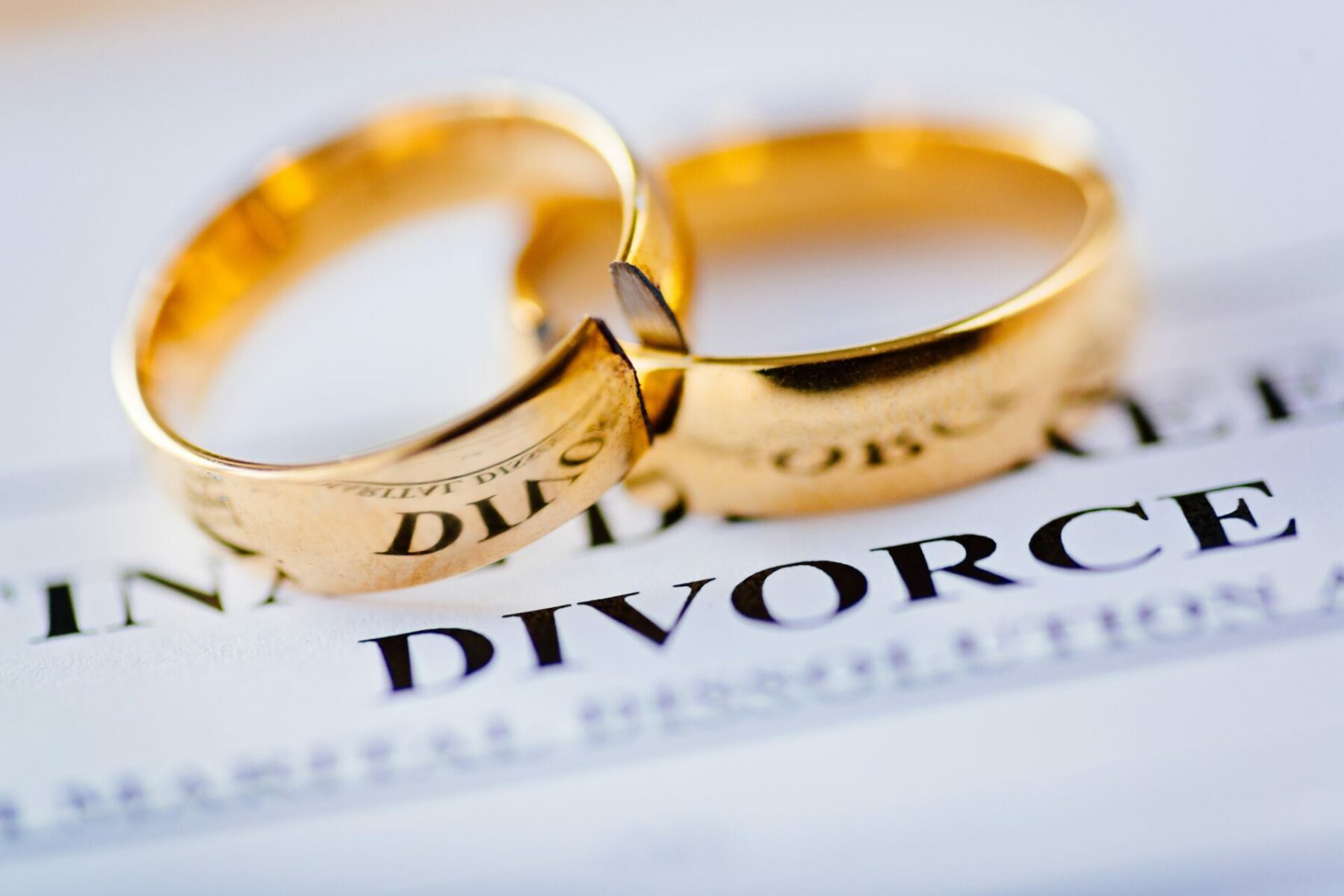
It has been more than a decade since Miller/McFarlane and it has taken the demolition of White Hart Lane to stymie the chants about Mr. Parlour’s need to take subterranean public transport.
And yet, the concept of special contributions is still not put to bed. Blame the lawyers.
In Work v Gray [2017] EWCA Civ 270, a Court of Appeal consisting of the Master of the Rolls, LJ King and LJ Moylan revisited “special contributions”.
Before Holman J (Gray v Work [2015] EWHC 834 (Fam)), H had argued that he had made a special contribution.
The parties were both from the United States and in their late forties. An eighteen-year marriage had produced two children and neither party had entered the relationship as especially wealthy.
Over the course of the marriage, H, and the family, would go onto great success in private equity in various locations: Texas, Japan, Hong Kong.
The parties’ wealth exceeded $200 million (USD) at the time of proceedings. It was common ground that it was H’s career and earnings that had literally produced the money.
Holman J rejected H’s argument and divided the assets equally.
H appealed and the Court of Appeal afforded their opportunity to consider special contributions and exceptional earnings.
H’s appeal would be dismissed and the order upheld.
H had argued that significance should be attached to the contribution itself rather than its maker. Only if the contribution itself was insufficient should the manner or duration of its production or the skill or individual quality of the contributor be taken into account and the Court consider whether it was sufficiently exceptional to make it inequitable to disregard. The Court would then need to consider whether the special contribution was “unmatched” and further consideration then given to whether the other party had made an equal contribution so significant that it would be inequitable to disregard.
W herself, albeit opposing the appeal, had also sought to argue that the law had moved on.
It was argued that the current approach to special contributions was discriminatory on the basis that money-makers tend to be men and home-makers women, not to mention the relative unlikelihood of being able to prove a special contribution at home.
The Court of Appeal made it clear that the principles of Miller/McFarlane remain unchanged.
They concluded that H’s approach was unnecessarily complicated and, more significantly perhaps, potentially unfair as it had the potential to afford priority to financial contributions.
However, in the same breath, W’s argument was also given the cold shoulder. Only one case of unequal division in a special contribution case had been reported since Charman (namely, Cooper-Hohn) and, so it follows, that it is hard to conclude that the law has been discriminating against either wives (or husbands!) in such cases. W’s contention also had the unattractive possibility of unnecessarily broadening the enquiry.
Indeed, the Court was quick to point out the lack of reported cases. By definition, special contribution arguments arise in few cases. However, the Court felt that the very small number of such cases helped them to conclude that there was no uncertainty.
In short, the Court of Appeal determined that Holman J’s analysis of contributions and Charman and Miller/McFarlanewas correct albeit not without caveats.
They concluded that Holman J was wrong to refer to special contributions being “unmatched”.
The Court should simply focus on the disparity of the respective contributions and then go on to consider whether that disparity is sufficient for it to be inequitable to disregard. In effect, by introducing the language of contributions being matched or unmatched, the onus switched to the Court investigating whether the other party had made an equal (i.e. “matching”) contribution. This approach is wrong.
So too, the language of “genius” which Holman J had correctly given short shrift. The question to be determined is whether the contribution, as a matter of fact, was exceptional.
To be continued.
